Active Ingredients – Can everybody use them?
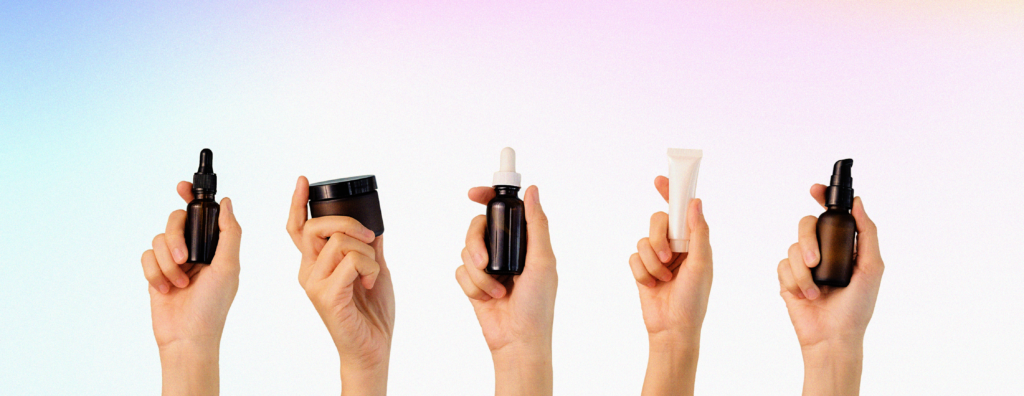
Active ingredients are basically frenemies when it comes to skincare which is why they aren’t for everyone & should be used with caution.
What is an active ingredient?
Active ingredients are basically your frenemies when it comes to skincare.
They can be a holy grail when used correctly but can also be a curse when used in the wrong order, mixed with other active ingredients or simply used for the wrong skin concern.
These can be found in moisturisers, facial washes, lotions, makeup and so many other products but you might probably know them through your serums that claim to address a skin concern which is based on scientific research.
There are also ‘Inactive’ ingredients that aren’t necessarily inactive per se, as they provide support for the active ingredient to hydrate, preserve, add a scent, act as a buffer or simply impact the consistency of your skincare product.
pH levels – A vital part of your Active Ingredients
A great help to understand Active Ingredients is to understand their pH levels.
You might have heard this term before and yes, the pH level has a great influence on your skincare. Especially when it comes down to mixing different active ingredients is super important to be understood. PH stands for potential of hydrogen or power of hydrogen and is a measure of how acidic/basic for example water is.
The range goes from 0 being acidic to 14 being basic, with 7 being neutral.
The average adult skin has a pH of 5.7, slightly more acidic but your skin pH actually varies depending on the area of your body. Areas, such as your butt, armpits and private area, tend to maintain their natural acidity, unlike your face, chest, and hands, which lean more toward the alkaline spectrum
That said, the differences are due to the fact that some areas of skin are more exposed to the elements, detergent, sun, tab water etc. and therefore are more alkaline.
Oxidants vs. Antioxidants
An oxidant is an oxidizing agent while an antioxidant is any substance that acts to slow or prevent the oxidation of another chemical – in this case ANTI is good and it is what you want from not only your skincare products but also from your diet to help protect you and your cell DNA.
Active ingredients are most of the time also antioxidants which help to protect your skin with continuous use.
Oxidants are reactive molecules that are produced both inside your body and in the environment. These can go so far that they can even influence your DNA – WOW.
Oxidants damage those small molecules and are one of the main causes of disease and inflammation. Antioxidants on the other hand scavenge free radical and non-radical oxidants and protect cells from oxidative stress and damage.
All of this has an impact on how your Active Ingredients can and can not work.
Once you understand the little differences, it will make it way easier for you to understand what you are actually applying to your skin.
Here are the commonly available Active Ingredients depending on skin concern – Best advice will always be given in person by a dermatologist in person
Vitamin C – Just like the lemon, perfect in the sun
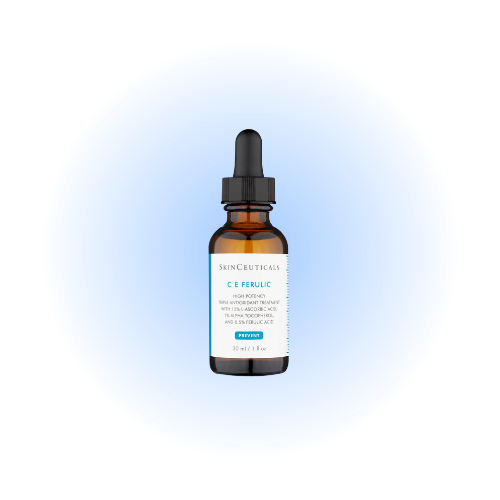
Average pH level 3.5-5
What is it
- vitamin c is a protein and a beloved Active Ingredient in skincare. You can’t reproduce it unlike some animals and it needs to be actively taken in with your diet
- It is an essential nutrient involved in the repair of tissue and the production of certain neurotransmitters and is responsible to boost your immune system
What is does
- works hydrating on the skin, decreases transepidermal water loss, allowing your skin to better retain moisture
- can help fade pigmentation and smooth the skin’s surface to reduce dullness
- helps reduce redness and evens out your skin tone
- can help smooth out fine lines by plumping and hydrating the under-eye area – great to boost your collagen production which can also make your pores appear smaller, a real win-win situation
- protects against sun damage which is why it is great to use in the morning before you apply your moisturiser and SPF
Best for
All skin types. However, if you have eczema/neurodermatitis, you should patch test before because you might react due to compromised skin barrier and react more often than not also to vitamin c in your diet but this is best to be discussed with your trusted doctor in person.
How to use it
Vitamin C is best when formulated with a low pH, using a soap-based cleanser, is a BIG no
- vitamin c has a low pH, soap a high one, you aren’t getting the full benefit of your vitamin C serum as they counteract each other
- use a cleanser that also has a lower pH level, more acidy (salicylic- or glycolic-based) in the morning before using your vitamin c serum otherwise, you simply turn the effect of the vitamin c to almost zero and waste the product on your skin
- best to be applied before your moisturizer
Mix it with NOTHING
No, seriously.
Vitamin C is usually such a fragile Active Ingredient that it is best to be left alone and just to be mixed up with your SPF. It is not a very stable active ingredient that might in the end not work at all because what you have applied topically reacts with it and it loses its potency right away.
AHA and BHA – You can ditch your facial scrubs now
Alpha hydroxy acids (AHA) exfoliate the upper layer of your skin to even out your skin tone and leave it with a brightened effect. Beta hydroxy acids (BHA) help to release clogged pores on a deeper level. Together, they can improve blemishes, skin texture and therefore also fine lines and will leave you with radiant skin.
Average pH level 3-4
AHA
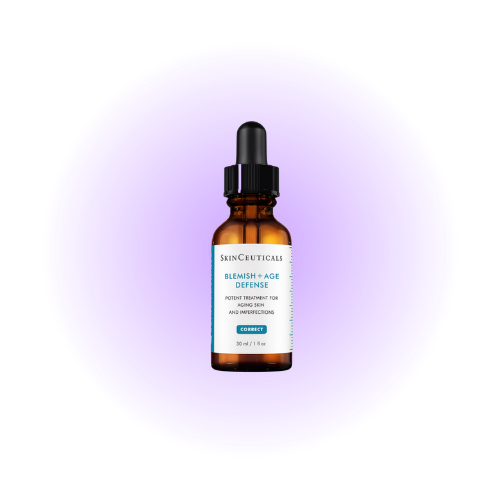
What is it
- Alpha hydroxy acid and beta hydroxy acid belong to the AHA family
- AHAs are water-soluble acids made from sugary fruits
What it does
- this is an Active Ingredient that evens out mild hyperpigmentation like age spots, melasma and even flatter scars
- resurfaces enlarged pores
- improves fine lines and surface wrinkles
Most common AHAs in skincare
Glycolic
Glycolic acid is the most common type of AHA.
- provides significant exfoliation
- makes it an all-around treatment for many skin concerns
- antimicrobial properties, it may even help prevent acne breakouts
Lactic
Lactic acid is another common AHA.
- unlike other AHAs made from fruits, lactic acid is made from lactose in milk
- it even has anti-ageing properties
- great to look into if you have more sensitive skin
Tartaric
While not as widely known, tartaric is another type of AHA.
- made from grape extracts
- may help to improve signs of sun damage and acne
Citric
As its name suggests, citric acid is made from citrus fruit extracts
- the main purpose is to neutralize the skin’s pH levels
- it evens out rough patches of skin
Mandelic
Mandelic acid contains larger molecules derived from almond extracts
- can be combined with other AHAs to increase exfoliation – they share the same pH levels
- used alone, the acid may improve texture and pore size
Best for
All skin types.
However, you need to slowly introduce it into your skincare routine if you have very sensitive skin
How to use it
All AHAs provide significant exfoliation.
- apply every other day until your skin gets used to them prior to your moisturizer
- strong exfoliating effects make your skin more sensitive to the sun
- wear sunscreen every morning to prevent burns, age spots, and increased skin cancer risks
Mix it with Hyaluronic Acid & other AHAs.
As we learned they all share the same range of pH levels but you need to be careful to not overly strip your skin since these are still considered to be peeling and doubling AHAs can result in a compromised skin barrier, this one really is for the skin professionals.
BHA
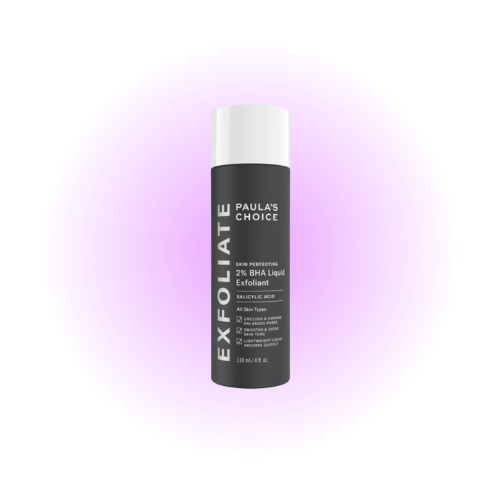
What it is
- BHAs are oil-soluble acids
- can get deeper into the pores to remove dead skin cells and excess sebum
- basically your AHA but make it x2 as they go deeper into your skin
What it does
- can just walk through the oil that clogs your pores and dissolve the sebum and dead skin that leads to acne
- stabilizes the lining of the pore (which contributes to acne and therefore strengthens your skin barrier)
- clears up blackheads & whiteheads and has anti-inflammatory and antibacterial properties
Most common BHAs in skincare
Salicylic acid
- most common BHA
- concentrations can range between 0.5 % and 5 %
- acne treatment, but it can also help calm down general redness and inflammation
Citric acid
- primarily classified as an AHA, some formulations of citric acid are BHAs, too
- rather than even out your skin’s pH levels, this type of citric acid is primarily used to dry out excess sebum and clean out dead skin cells deep in your pores
Best for
- suitable for combination to oily skin
- lower concentrations may be used to help calm sensitive skin
- if you want to reduce rosacea-related redness BHAs can be great too, this is however best to be discussed with your aesthetician/dermatologist since dosing the particular skincare ingredients can be difficult alone at home
How to use it
- apply every other day until your skin gets used to them prior to your moisturizer
- less sensitive to the sun
- wear sunscreen nonetheless every morning to prevent not only burns but also the age spots and disrupted skin texture that you are treating now with your BHA and of course to prevent increased skin cancer risks because you are still chemically peeling your skin
Mix it with hyaluronic acid
Retinol
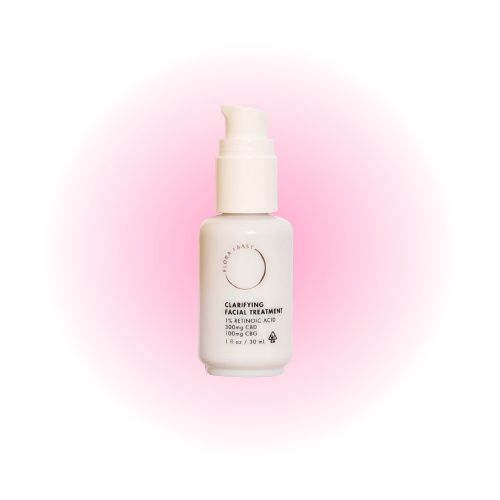
Average pH level 5-6
What it is
- Retinol also called vitamin A₁ is a derivative of vitamin A
Vitamin A has three forms: retinol, retinal, and retinoic acid - many tissues require vitamin A
- acts as an antioxidant building up a protective shield against pollution and of course oxidants
What it does
- retinoids work at a deeper level working to smooth out your skin and an evens out pigmentation
- breaks down into retinoic acid on contact with the skin, where it increases cell turnover and boosts collagen production
- benefits will only occur with prolonged and consistent use, so persevere if you don’t see results straight away
Best for
All skin types except eczema or rosacea. The compromised skin barrier function can have difficulties holding up. If you have sensitive skin you should pay attention as well especially at the beginning when you introduce it into your skincare regime.
How to use it
- consult a dermatologist to guide you through the process and consult if the ingredient is actually right for you when you would like to start early in your 20s for example
- use a very small pea-sized amount on one night, and then wait a few days to evaluate your tolerance
(if the skin doesn’t really react, use the same amount again as your skin might have a higher threshold) - if it makes your skin red or flaky, mix a bit of the retinol formula with your moisturizer
- use once or twice a week at first to see how your skin reacts, and gradually work up to every other day or three times a week
- may take up to 3 months or even longer until you recognize significant changes in your skin
- go low and slow and incorporate it into your nighttime skincare routine only as one of the last steps
Whatever you do, always keep your skin as moisturised as possible to avoid potential skin reactions at the beginning of the treatment.
Mix it with – Hyaluronic Acid or Niacinamide as they share the same pH levels being more alkaline rather than acidic. This makes this a great combination for more oily to acne-prone skin. You can still use your AHAs and BHAs if your skin can handle them. However, you should alternate these in use, if you are inexperienced, to every other day. This will help you avoid skin breakouts and irritations.
Niacinamide
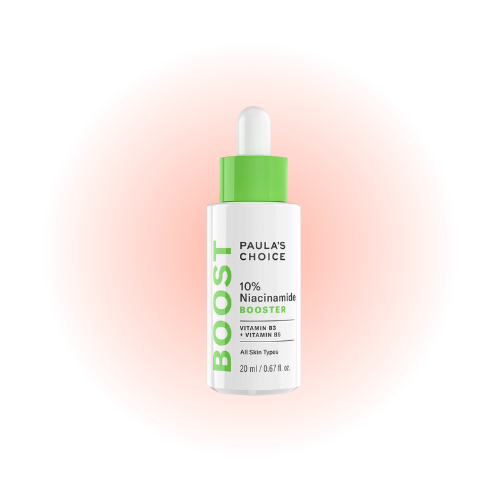
Average pH level 5-7
What it is
- also called nicotinamide and a form of vitamin B-3
- an essential nutrient – available sources are eggs, cereals, green veggies, fish and milk
- also an amino acid (protein)
- works as well as an antioxidant
What it does
- helps build keratin, a type of protein that keeps your skin firm and healthy
- can help your skin grow a ceramide, which can, in turn, help retain moisture
- reduces inflammation, which may help ease redness from eczema, acne, and other inflammation-based skin issues
- reduction in the appearance of pore size due to the controlled sebum production
- can be helpful in lightening dark spots
Best for
All skin types
How to use it
- use after your Hyaluronic acid but before your moisturizer as the consistency will be thinner for best absorption into your skin
- cover the entire face with the serum
- can be more concentrated in oily areas
Mix it with – Retinol and Hyaluronic acid
Hyaluronic Acid
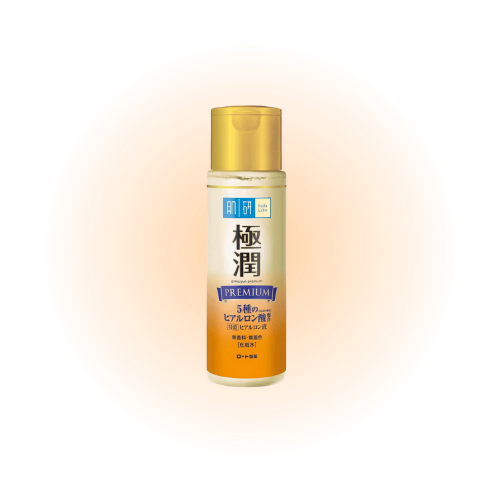
What it is
- molecules work to cushion and lubricate and they are also part of your body
- great to attract moisture like a magnet of whatever water-based product you put on top
What it does
- whether as part of the ingredient list in a moisturizer or as the star of a serum, can help refill your skin with moisture
- attracts and binds to water molecules and increases the water content of the skin
- can absorb more than 1,000 times its weight in water
- reducing the appearance of fine lines and wrinkles
- speeding up wound healing
Best for
All skin types
How to use it
- apply on damp skin before your other serums because it helps to seal in the moisturizer you’ll be putting on top
- needs moisturizer afterwards, otherwise, it will draw out moisture from your skin (it really is like a hoover for water)
Mix it with – All Active Ingredients
Except you have to be cautious when using it with Vitamin C as your skin might react to the Vitamin C more than usual. Hyaluronic Acid can work like a catalysator and boost its strength.
To be on the safe side
If you would like to play dermatologist, DON’T. You can only mix a few active ingredients and when done so, the amounts need to be quite precise to avoid skin reactions, chemical burns and other side effects.
You can find these of course already mixed in some products.
There is an entire laboratory behind it and scientific research to offer you the best performance so your product can work to its best ability – Creating healthy, beautiful skin.
In case of doubt, alternate products that you aren’t sure of if they mix at least in the morning and evening if not every other day.
If you tend to use multiple active ingredients you should opt for a moisturizer without any actives to avoid friction between the ingredients.
The most important part is that even though actives are a great additive to anyone’s skincare regime:
You don’t have to use an active ingredient every day.
If your skin is healthy and uncompromised a mild cleanser, moisturiser, facial oil and SPF will get you a very long way.




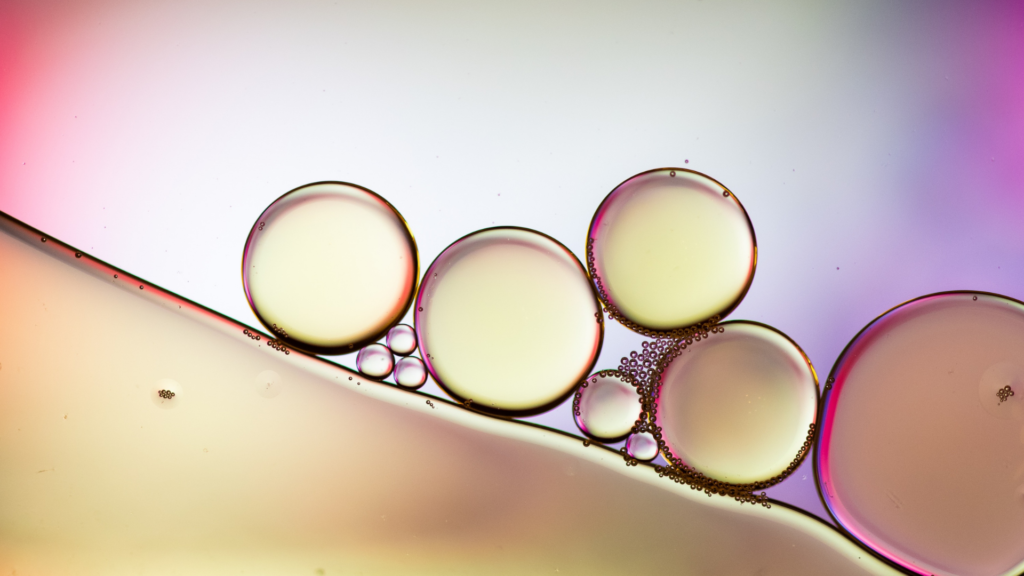

thanks a lot for this great article
and the great video